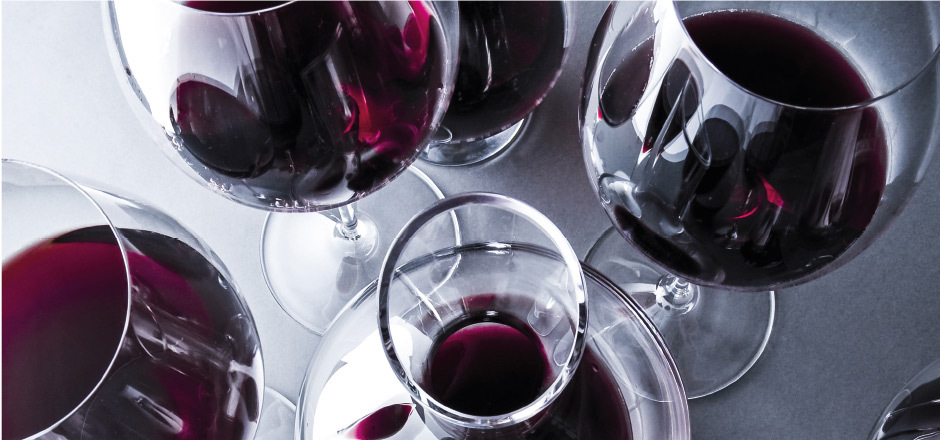

THE GRApe
- The Grape
Deep Dive Into Malbec
Read Time 4 Minutes
Posted 30 Aug 2022
By winVintage
This sturdy red variety is making great inroads on Australia’s wine scene. Discover its characteristics and taste its various incarnations from here and abroad.
It’s purple, thick-skinned and robust – introducing the red variety that’s making its mark on Australian territory, malbec. Now is the time to get to know this variety, given it’s World Malbec Day on 17 April. The majority of its plantings lie in Argentina, where it holds the title of hero grape, delivering all the flavour and punch required to match Argentina’s world-famous beef. But its sacred homeland is France.
Malbec in France
Although it’s long been associated with the wines of Bordeaux, malbec has its roots in the south-west of France, reaching its pinnacle in the Cahors appellation. Cahors is often referred to as a “black wine”, its colour and density a hallmark of malbec or “côt” as it’s known locally.
Under French appellation laws, Cahors must be at least 70% malbec with merlot or tannat. Malbec takes a minor role in Bordeaux, which is dominated by merlot, cabernet sauvignon and cabernet franc, with petit verdot joining malbec on the sidelines. Malbec was widely planted before the devastating frosts of 1956, when the Médoc vineyards were replanted with the more “sophisticated” cabernet sauvignon. Today, malbec comprises less than 1% of Bordeaux plantings.


Malbec in Australia
Malbec arrived in Australia as part of the Busby collection in 1832. Thriving in our warm climate, malbec travelled from the east coast to South Australia’s Langhorne Creek with the region’s oldest vineyard, Bleasdale (established in1850), championing malbec as its icon variety. Malbec moved north to the similarly temperate climes of McLaren Vale and the Barossa and Clare Valleys. Malbec rarely flew solo but found its place as a partner to shiraz or cabernet sauvignon.
The Claymore London Calling Cabernet Malbec is a perfect example. More recent plantings in Western Australian have seen malbec add power and complexity to the great cabernets of Margaret River. Malbec shines in the Great Southern in a distinct dense, plush style. Try Larry Cherubino LC Malbec for a fine expression of the style.

Malbec in Argentina
Malbec made its way from Bordeaux to Argentina in the middle of the 19th century via Chile. Malbec soon found a special place in the warm, dry climate with the elevated vineyards of Mendoza boasting cool nights that help sustain malbec’s hallmark acidity. Vineyards in the Uco Valley sit at 900 to 1200 metres above sea level, a similar elevation to NSW’s Orange region, where malbec is also doing well. Mendoza produces malbec with a distinctive profile – power and persistence, energy and vigour, with a relaxed welcoming character, much like the Argentinians.
The expanding export opportunities in the 1990s saw the US and UK markets flooded with everyday, affordable malbec. Wealthy Argentinian families formed partnerships with the likes of LVMH, the Rothschild family and Swiss art collector, Donald Hess. Quality was delivered with a push to better winemaking and oak handling.
Giving credence to these joint ventures is one of Argentina’s founding winegrowers, Bodega Catena Zapata, dating back to 1902. Its Catena Malbec is an excellent example of its craft. Old vines are the key to Argentina’s rapid international success, providing the building blocks for the modern era as exemplified by the spicy Tilia Malbec.
Malbec's taste
Malbec has plenty of power and punch, yet is much friendlier than its stern Bordeaux stablemate, cabernet sauvignon. The wine is perfumed – dark plum, mulberry and boysenberry with a dusting of mocha and cinnamon spice. It is upfront, verging on brash, its rustic tannins adding weight and shape but without bitterness. The flavours are at once fruity, yet savoury with hints of warm earth and ancient spice. While it’s perfectly age-able, malbec’s sunny nature makes for youthful enjoyment, especially with gutsy food.
Malbec loves food
Malbec’s robust nature lends itself to red meat – grilled, roasted or a traditional Argentina asado. Vegetarians starve in Argentina, yet malbec works well with lentils in any form, an earthy mushroom risotto or a lasagne with a red kidney bean sauce. Malbec’s rustic nature makes anything off the barbecue a winning combination. Steak and kidney pie and malbec are soulmates.
Malbec handles spiciness well, so chorizo sausages or a Moroccan lamb tagine pair nicely. Firmer cheeses are best – think Cheddar, Gruyère or Manchego. Try the Franco & Rico with clothbound Pyengana Cheddar, quince paste and chewy sourdough bread. Simply delicious.











